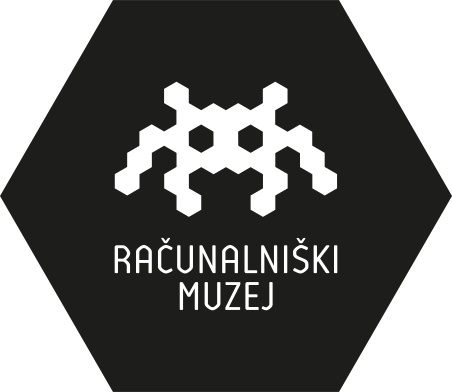Computer History Museum Slovenia
Exhibitions
Usually open three days a week, the museum's permanent exhibition, "What about the software?" holistically presents interesting aspects of software, from technical to social impact. The thematic and interactive exhibition enables the public to try out many computer programs from different periods on more than 30 working machines. The oldest exhibited interactive software piece dates back to 1986.
Currently on display is also the guest exhibition The Glass Room: Misinformation Edition by Tactical Tech, an interactive engagement exhibition that invites people to think critically and proactively about their relationship with digital technologies. How can we identify "fake news" and verify information? How does misinformation amplify on social media? How do online profiling and political influence work and affect our decisions?
 Exhibition at the Slovenian Computer History Museum, Ljubljana.
Exhibition at the Slovenian Computer History Museum, Ljubljana.
In addition to the exhibitions, the museum hosts various information technology-related events, meetups and conferences every week (space is always available to rent). It also offers in-house programming lessons for children aged 7–13, pre-arranged guided tours of the exhibitions and various workshops related to computer science and emerging technologies such as generative artificial intelligence.
 Slovenian Computer History Museum's event space, Ljubljana.
Slovenian Computer History Museum's event space, Ljubljana.
Background
The collection grew out of the Cyberpipe activities. This community hackerspace, focused on open source and other free technologies, was established in 2000. It was managed by the K6/4 Institute until 2013, when the association, established by the museum's founders, took over the museum collection. Two years later, Cyberpipe dissolved.
Cyberpipe housed the first computer museum in Slovenia and organised many events and projects related to computer history. The museum was interactive, so visitors could use Commodore 64, ZX Spectrum, Atari 1040ST, Macintosh SE, IBM PS/1, IBM PC XT, etc.
 The Slovenian Computer History Museum's collection storage, Ljubljana.
The Slovenian Computer History Museum's collection storage, Ljubljana.
See also
Other IT collections in Slovenia:










